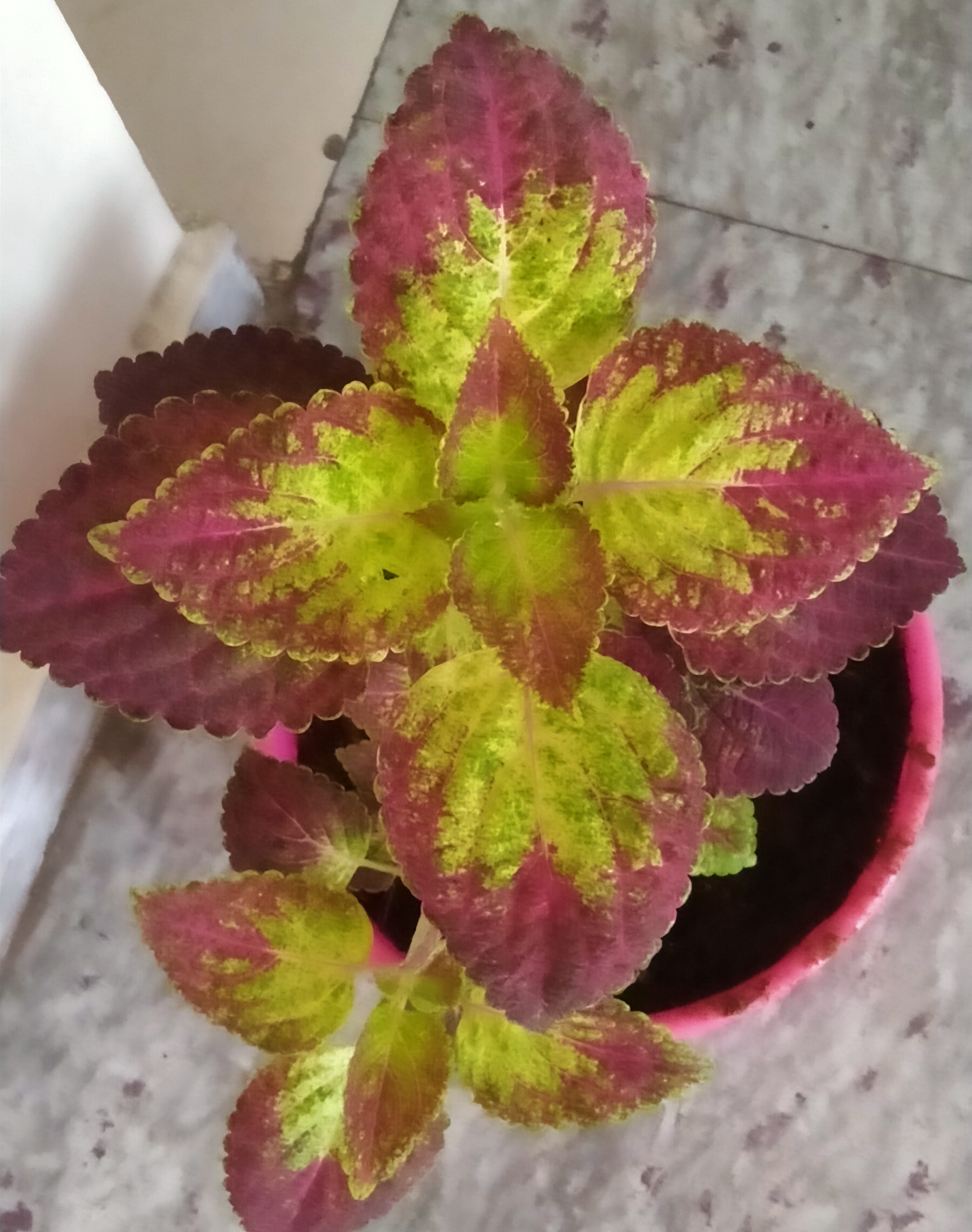| (Photo credit: Wikipedia) |
To plant bulbs, do it about six weeks before the ground freezes. Make sure the soil is well drained. As a rule of thumb, plant bulbs three times as deep as they are high, so a two inch bulb would go six inches deep, for example. Be sure the pointed end points upward or, if you can't be sure which would be considered the pointed end, plant the bulb sideways instead. When the bulb actually starts growing, it will pull the right end upward as it does.
When you plant perennials, make the hole about three times wider than the root ball of the plant, and just deep enough for the ball. If you're going to add something to help with root growth, now is when you do that. As you set the root ball into the hole, very gently try to loosen some of the roots on the outside. Hold it steady as you fill the soil back in, and tamp the soil fairly lightly. After a good watering, put a three- or four-inch layer of mulch over the soil, leaving a couple of inches of space clear around the stem of the plant. Keep watering, enough just to keep the soil most, until the ground freezes.
| (Photo credit: Wikipedia) |
Even a lawn grows better when it's started in the fall, so now would also be the time to work on that if it's in your plans. The cooler temperatures will give the grass time to get its roots firmly established, in this time when it's not being encouraged to produce a lot of foliage. You should either seed a lawn or lay down new sod eight weeks before the first killing frost, if not slightly sooner than that.
It's kind of encouraging to think that a great many of your plants might already be planted and ready to grow when the spring comes. You'll have enough work still to do when the weather gets warm, so it's good to know you can get some of this done before winter. If you plant properly and keep your plants or seeds secure through the winter, your garden could be half ready in the spring before you even do anything!



No comments:
Post a Comment